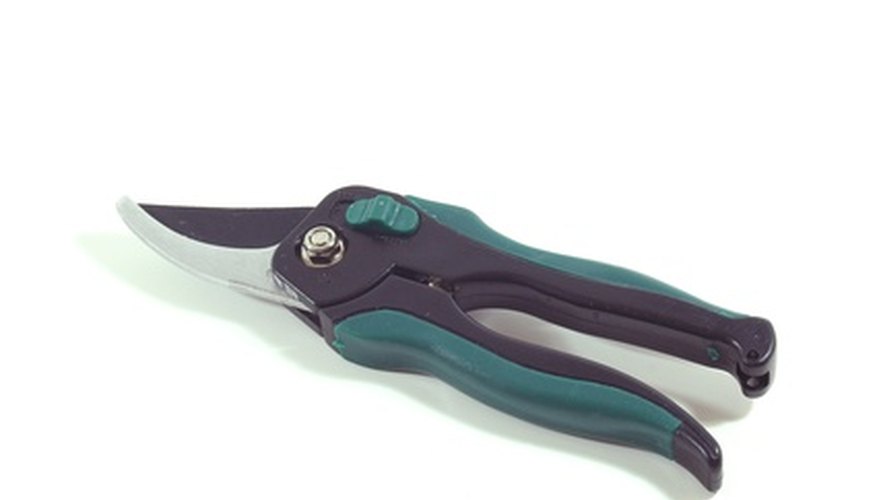Astilbe is a genus of shade tolerant flowering perennials belonging to the Saxifrage family of plants along with heuchera and coral bells. Unlike many perennials, astilbe does not respond to midseason pruning with new flower development, so once a year pruning and occasional deadheading is all that's required to keep the plant healthy and performing well. When the plant is overgrown or damaged, significant pruning can be tolerated. Pruning should be timed to maximise bloom performance and to suit the growing climate.
- Astilbe is a genus of shade tolerant flowering perennials belonging to the Saxifrage family of plants along with heuchera and coral bells.
- Unlike many perennials, astilbe does not respond to midseason pruning with new flower development, so once a year pruning and occasional deadheading is all that's required to keep the plant healthy and performing well.
Timing
Prune your astilbe plants in the spring after the last hard frost has passed in your area and the soil and ambient temperatures have warmed to above frost levels. You can safely prune your astilbe plants into early summer, but some bloom performance will be lost for that year. Do not prune later than early summer as this can spur new growth that will be killed off by the cooling temperatures of the fall and winter, causing stress to the plant and an unsightly appearance.
Winter Interest
Astilbe blooms are long-lived and preserve themselves upright and semi-dry on the stem after the bloom period subsides, through the fall and often well into winter. If you have an otherwise bare winter garden, refrain from deadheading, harvesting or pruning after bloom in order to preserve the fall and winter display. In spring after the last hard frost you can prune away any dead material and reduce the size of the plant as needed in preparation for the next season's bloom.
- Astilbe blooms are long-lived and preserve themselves upright and semi-dry on the stem after the bloom period subsides, through the fall and often well into winter.
- If you have an otherwise bare winter garden, refrain from deadheading, harvesting or pruning after bloom in order to preserve the fall and winter display.
Cutting Blooms
Harvest blooms for use in cut flower arrangements as you desire throughout the growing season. Cut the individual blooms down near the base of the stem between the leaves of the plant just after the flower opens and begins to come into peak bloom. Immediately place the stems in cool to tepid water and keep out of direct sunlight and heat to prolong vase life.
Additional Pruning
Prune away any broken, dead, decaying or diseased portions of your plant throughout the year, if you spot them. You want to remove and discard all of the dead or problem material to prevent the spread of pathogens. The benefits of this type of pruning outweigh the potential loss of flowers or foliage and should be completed as soon as possible.
